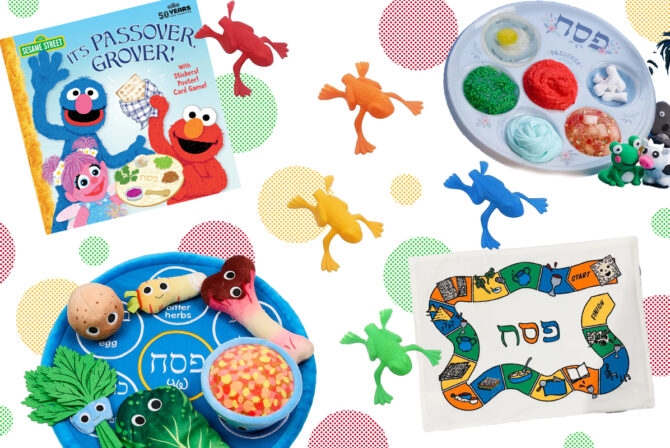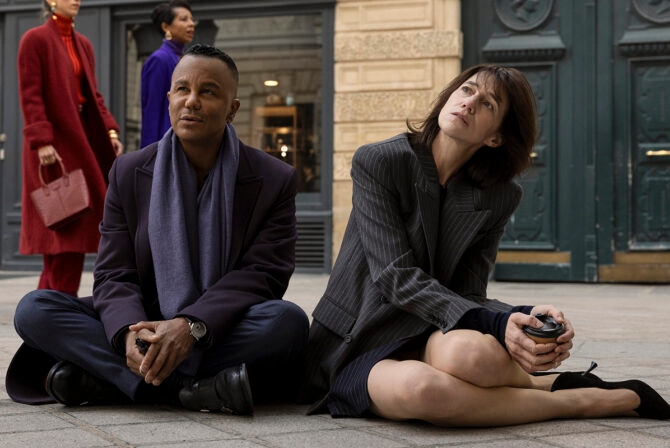I have a secret identity. It doesn’t involve superhero capes or special powers. There’s no quick change in a telephone booth, but nonetheless I walk a little taller every time I complete this act. It isn’t for the weak of heart or faith. My secret identity is being a part of the
chevra kadisha
(“burial society,” or a group of committed Jews who prepare a body for burial) as we perform
tahara
(purification). I became involved with the chevra kadisha before I had children, when a shul member, who knew that I was a nurse and therefore experienced with death, approached me about joining.
In the dark of night, or light of day, I go with friends from shul to a funeral home, where a body awaits us and where we are charged with cleaning, preparing, and dressing a newly deceased woman in the Jewish traditional methods.
During this sacred ritual, the body is hand-washed and dressed from head to toe in white linen or muslin. Every centimeter of the body is cleansed as prayers are recited. As we clean her, we remove pink sparkly nail polish, or grey eye shadow, or debris from under her toenails, all as gingerly as one would wash a newborn. The body is never perfect. A scar here shows a hip replacement, a scar there represents the births of her beautiful children. Uneven breasts proclaim her longtime war against breast cancer. Yet at this moment she is perfect to me. I imagine her hands holding tight to a preschooler as they try to cross the street. I imagine her hair twisted up high for her wedding and for her granddaughter’s bat mitzvah. As I place the traditional broken shards of ceramic over her eyes and mouth, I imagine her laughter and her joy as her spouse lovingly teases her or holds her.
The Jewish belief is that we enter into life pure and clean, and so too shall we exit life and return to the ground. After the body is dressed, it is lifted and lowered into the casket onto a clean and natural bedding of straw.
I am no stranger to death, having been a pediatric ICU nurse for the past 10 years. I have a deep respect for how dead death makes us. Having seen and touched and been with so many dead bodies, I believe strongly the “person” or “soul” immediately leaves the body and all that remains is the vessel. That being said, that vessel deserves the utmost of love and caring as it moves one step closer to the grave.
Although I have never participated in a tahara for a child, in my career I have cared for many children who have eventually died. In the secular context as nurses, of course, we do not perform the rituals of tahara, but we remove the tubes and wires, clean any blood, fluids, or adhesives (used to hold tubes and wires in place) from the child to prepare the child’s body. Sometimes parents want to see their children before we clean them, and sometimes they prefer to wait until all equipment is removed. In this sense, it is similar to tahara, but of course does not have a Jewish significance. Many parents are quite moved by our care for their child’s body even after death (especially when they have not seen the child free from the equipment/tubes/wires in a while), and so I think that these rituals are meaningful no matter the religious or spiritual background of the family.
Tahara is not always performed anymore, even by some Jewish funeral homes, and that is unfortunate, because performing tahara is the most frankly spiritual experience that I have experienced in Judaism. A Jewish body is never left alone, until it goes into the ground. This is incredibly meaningful to me as I consider my own mortality (may it be many, many years from now). I have told my spouse that I never want my body to be left alone after death, not even for a moment. The practice in Judaism of shmira (guarding the body of the deceased) and tahara is deeply personal and says, “we are here for you” even when it might not be convenient or easy.
For thousands of years, Jewish women have cared for each other through darkness and light, birth and death. Tahara is the perfect example of the final loving act of Jewish womanhood, as the loving chevra kadisha are often the last people to see and to touch one’s body before the funeral and subsequent burial.
Judaism asks us to truly feel the death, not to dress it up and pretend that our loved one still looks the same as she did in life. Jews must actually participate in the ceremony of death, from tahara through the shovelfuls of dirt cascading onto a pine coffin with the finality that is internment. This feels natural and healthy to me, as we face death head-on and allow ourselves to be witnesses for each other even as we are covered with dirt and laid to rest. Those who love us cry with joy for us as we come into this world, and if all goes well in life, an entirely new set of beloved ones cry with pain for us as we leave this world.
I am honored to be part of our chevra kadisha and to perform tahara. Each time I perform this ritual act, I am reminded that the female body carries life, feeds life, and supports life. Our bodies are all-powerful and awe-inspiring, and are worthy of this sacred, spiritual end.
Like this post? Get the best of Kveller delivered straight to your inbox.







